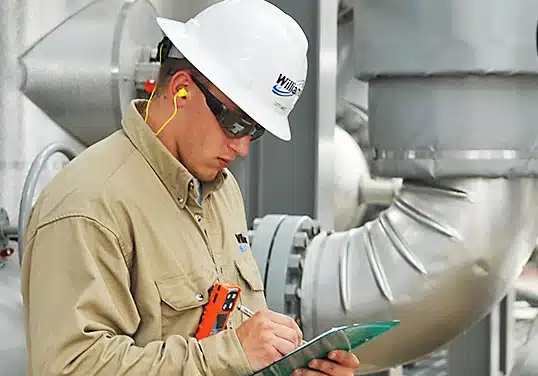- Visual Inspection (VT): Just like it sounds, this is when you look at something carefully to check for problems. Imagine using a magnifying glass to look for cracks or changes in a toy.
- Ultrasonic Testing (UT): This uses high-frequency sound waves (like a bat’s echolocation) to check for hidden flaws inside materials. It’s like using a special kind of “ear” to listen to what’s happening inside a metal piece.
- Magnetic Particle Testing (MT): This involves using magnetic fields and tiny iron particles to find surface cracks. Imagine sprinkling iron filings around a magnet to see the invisible magnetic field – it’s similar to that.
- Liquid Penetrant Testing (PT): This method uses a liquid that can seep into tiny cracks on the surface of a material. Think of it like using a colored dye to spot tiny leaks in a balloon.
- Radiographic Testing (RT): Similar to getting an X-ray at the doctor, this uses X-rays or gamma rays to see inside an object. It’s like having superman’s x-ray vision to look through solid things!
- Eddy Current Testing (ET): This method uses magnetic fields to find defects in conductive materials. Imagine using a special tool that beeps louder when it gets close to a crack in a metal toy car.
- Acoustic Emission Testing (AE): This listens for the tiny sounds (emissions) made by cracks or faults as they grow. It’s like putting your ear to a bridge to listen for creaks that tell you something might be wrong.
- Thermographic Testing (TT): This involves using a camera that sees heat to find problems in materials. Imagine a special camera that shows you the hot and cold spots in a wall to find hidden issues.


